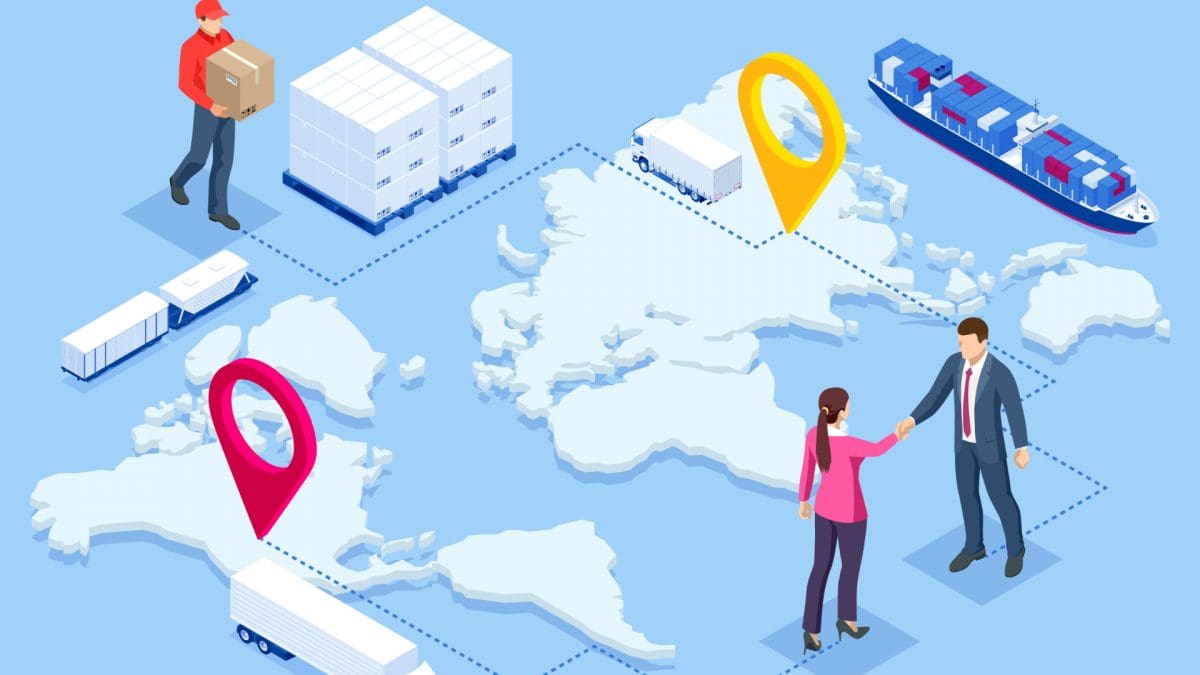
79% of businesses with high-performing supply chains achieve more significant revenue than the average within their trades. It’s a big part of the overall process of designing your supply chain logistics plan. Also, it’s the first step in determining what you need, who will provide it, and how much of it they’ll have to make or buy. But one more thing comes into play when you start thinking about supply chain planning: the last mile.
The Last Mile
This is the process of transporting goods from the place of manufacture to their point of sale or use. In most cases, this means that your suppliers are shipping their products to distributors and retailers.
Why is it Important to Include Last Mile Deliveries in Your Supply Chain Plan?
Last mile deliveries are 53% of total shipping fees in your business and affect the reputation. Having a good review helps your trade stand out from competitors and attract more customers who know they can count on you to get products delivered on time and without damage. Also, it affects how well your product sells and how much money you make.
What to Include in Your Supply Chain Plan?
Your Current System
Before making any changes, take some time to look at how things currently work. How quickly do products get out of the warehouse? Where are they going? Do they need special handling? Take note of any problems, so you know where to focus when making improvements later.
Suppliers Logistics
Ensure all suppliers are located near each other to prevent traveling far after transportation or production. Consider having them work together as part of a larger team so they can share resources like trucks or warehouses.
Tips for Planning the Last Mile
Delivery
The first thing to do is think about what your customers want. Do they want same-day delivery? Next-day delivery? Or do they need it within two weeks? Consider whether you will offer in-store pickup or drop-off service. If you’re going with drop-off, you’ll need a lot more space than if you’re offering in-store pickup.
Limit or Minimize Transportation Means
Avoid using too many different transportation methods for each shipment. This can lead to confusion and delays down the road if something goes wrong with one form but not another.
Good Communication
Ensure your drivers have good directions, maps, and special instructions they need for that specific route. Plus, keeping their phones or radios on them so drivers can get in touch with someone at the warehouse if there’s an issue with their deliveries.
If possible, have a backup plan if something goes wrong with one delivery.
Elite Extra Routing and Dispatch Software
Our Routing and Dispatch software streamlines last mile deliveries by optimizing routes and automating routing and dispatching. It also helps provide real time GPS tracking while sending customer ETA notifications.
All this is done through our EXTRA Driver mobile app to make things as easy as possible for drivers and customers. Our robust reporting suite gives you complete transparency into all aspects of your operations.
Conclusion
The last mile is one of the most important parts of supply chain planning. It’s where you can make or break your business, and the most challenging part is getting it right. At Elite Extra, we simplify this process for you. If you have any questions, please contact us today!
Sources
https://www.insiderintelligence.com/insights/last-mile-delivery-shipping-explained







